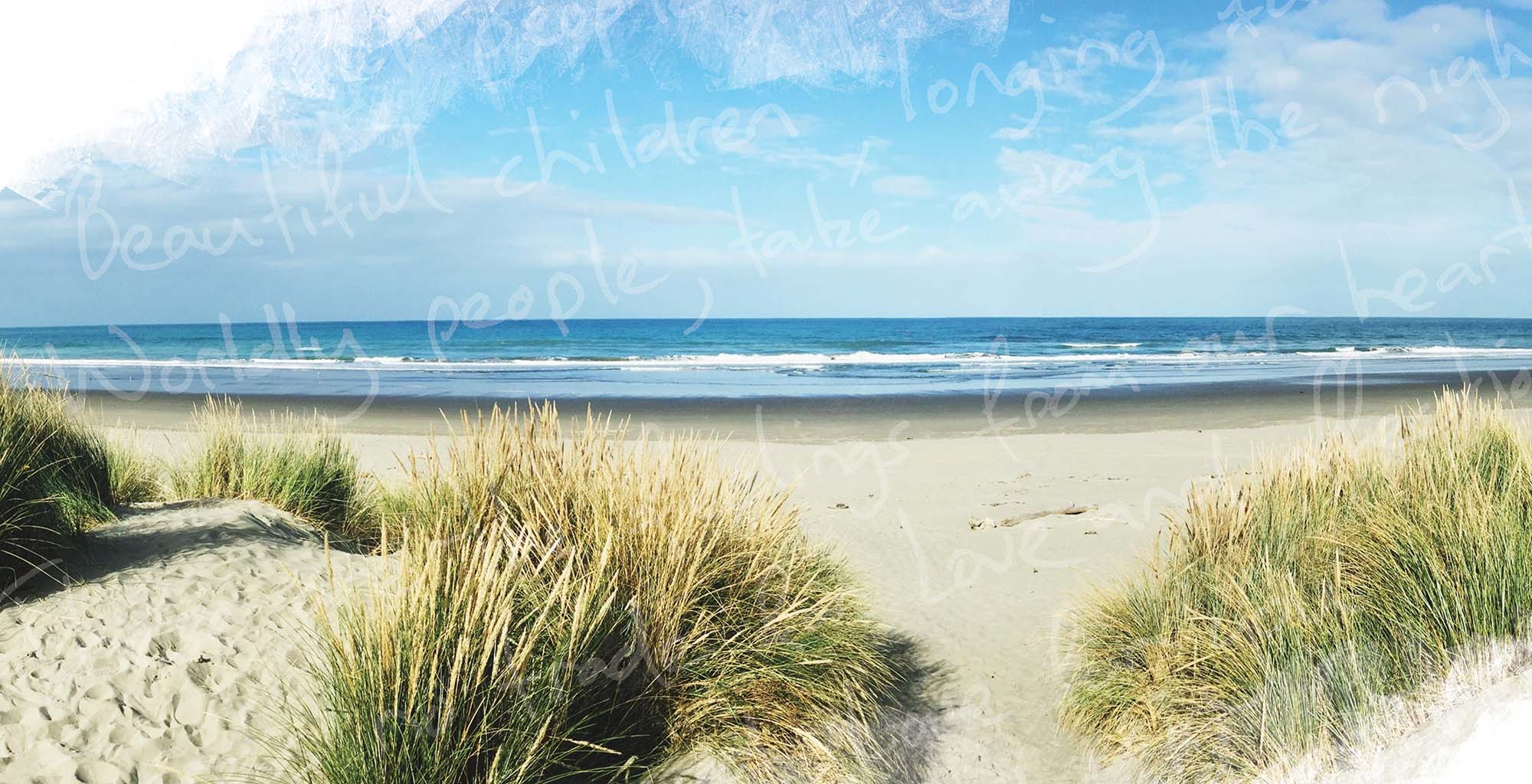2.3 Factors that enabled abuse Ngā āhuatanga i taea ai ngā mahi tūkino
2.3.1 Whakatakinga: Te mārama ki ngā mahi tūkino ā-pūnaha ki Lake Alice - Introduction: Understanding systemic abuse at Lake Alice
549. Abuse occurred at Lake Alice for many reasons. One obvious reason is the personal decisions made by clinical staff, especially Dr Leeks, who was responsible for much of the abuse survivors experienced. However, Dr Leeks operated Lake Alice within a State-run social welfare and health care system that allowed such abuse to occur and continue.
550. In this chapter, we look at both the wider social welfare and health system and the institutional system of Lake Alice.
551. First, we look at the wider social system that formed the backdrop that led to the removal of children and young people from their whānau and placed them in the ‘care’ of Lake Alice.[1178] This system arose in the context of colonisation, and its enduring effects, that excluded whānau, hapū and iwi from decision making and led to policies and practices that replaced tikanga Māori views of hauora or wellbeing. Underpinning the system was a variety of factors, including negative social attitudes about race, gender, disability, mental health, poverty, and the place of tamariki, Deaf people and disabled people. The system also arose from ableist attitudes and practices that dismissed the voices of disabled people and deferred to psychiatrists and other professionals. These attitudes justified the creation of institutions as models of care for disabled people, including for those who had or were perceived to have mental illnesses or challenging behaviour.
552. We then describe the legal requirements for admission and consent to treatment before looking at the institutional system of Lake Alice. We find abuse was inherent in this system due to multiple failings, including the significant power imbalance between staff and the children and young people, staff acting outside the legal requirements for admission and consent to treatment, and the normalisation of abusive practices and punishments. Inadequate oversight and monitoring and poor complaints processes meant abuse was able to occur and continue, often unchecked.
553. During our inquiry, government officials acknowledged systemic failures by the State to prevent the abuse of children and young people at Lake Alice.[1179]

